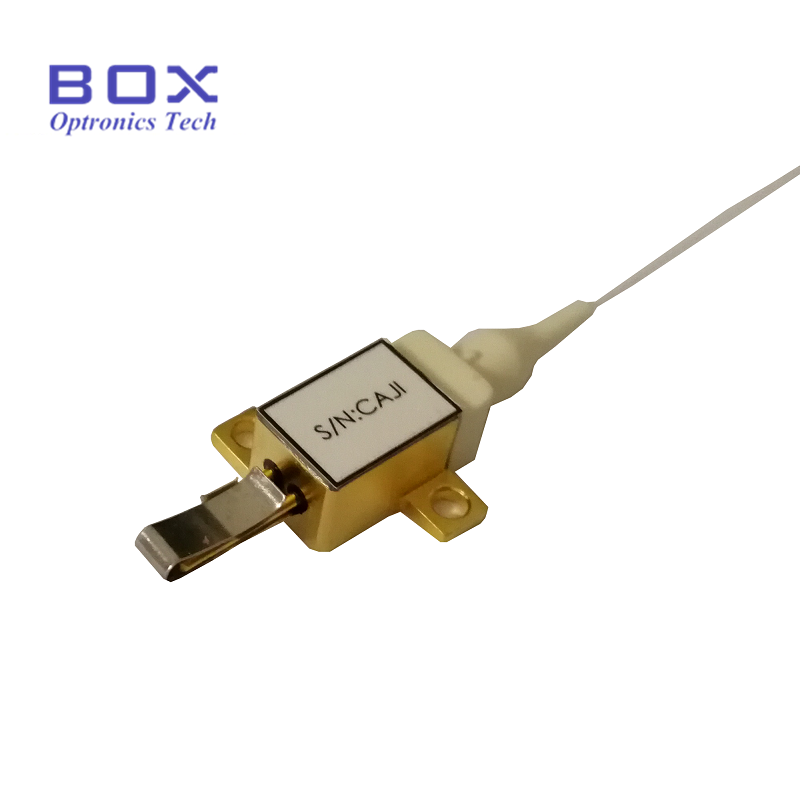Illuminating Precision: Wavelength Stability in High-Power Fiber-Coupled Lasers
2023-12-04
Introduction:
In the realm of high-power fiber-coupled lasers, precision is paramount. The stability of the laser's wavelength, or its ability to maintain a consistent emission frequency over time, is a critical factor influencing the performance and reliability of these lasers. This blog post will delve into the importance of wavelength stability in high-power fiber-coupled lasers and explore the innovative methods employed to achieve and maintain this crucial characteristic.
The Significance of Wavelength Stability:
1. Precision in Applications:
- Many applications, such as medical procedures, material processing, and telecommunications, demand a laser with a stable and well-defined wavelength. Wavelength stability ensures that the laser's interaction with materials or target substances remains consistent, allowing for reliable and predictable outcomes.
2. Spectral Purity:
- Wavelength stability contributes to the spectral purity of the laser beam. In applications like spectroscopy and interferometry, where precise measurements depend on a pure and stable wavelength, maintaining spectral integrity is essential for accurate results.
3. Fiber-Coupled System Compatibility:
- High-power fiber-coupled lasers often integrate seamlessly into existing systems, where compatibility with specific wavelengths is crucial. Wavelength stability ensures that the laser aligns with the requirements of the application, facilitating versatile and efficient integration.
4. Avoidance of Cross-Talk:
- In applications where multiple lasers or optical sources are used simultaneously, wavelength stability becomes vital to avoid cross-talk or interference. Consistent wavelengths reduce the risk of unintended interactions between different laser systems.
5. Optical Fiber Characteristics:
- Certain optical fibers exhibit wavelength-dependent properties. To optimize the coupling efficiency and performance of high-power fiber-coupled lasers, it is imperative to maintain stability in the laser's emitted wavelength.
Achieving Wavelength Stability in High-Power Fiber-Coupled Lasers:
1. Thermal Management:
- Temperature fluctuations can influence the refractive index of optical components, affecting the laser's wavelength. Advanced thermal management systems help maintain a stable operating temperature, minimizing wavelength shifts.
2. Precision Tuning:
- High-power fiber-coupled lasers are often equipped with mechanisms for precision tuning. These systems allow operators to fine-tune the laser's wavelength, compensating for any deviations and ensuring stability during operation.
3. Active Feedback Control:
- Active feedback control systems continuously monitor the laser's wavelength in real-time. Any deviations from the target wavelength trigger adjustments to the laser's parameters, maintaining stability under varying conditions.
4. Grating Stabilization:
- Some high-power fiber-coupled lasers incorporate diffraction gratings for wavelength selection and stabilization. The use of gratings provides a stable reference for the laser wavelength, enhancing overall stability.
5. External Cavity Lasers:
- External cavity lasers employ a feedback mechanism, where a portion of the laser beam is reflected back into the laser cavity. This feedback helps stabilize the laser's wavelength, contributing to long-term stability.
Conclusion:
In the intricate world of high-power fiber-coupled lasers, the importance of wavelength stability cannot be overstated. Whether in medical applications requiring precision, material processing demanding consistency, or telecommunications relying on compatibility, wavelength stability is the linchpin for success. Through innovative thermal management, feedback control systems, and advanced laser designs, engineers continue to push the boundaries of stability, illuminating a path toward ever more precise and reliable high-power fiber-coupled lasers. As these lasers become integral to a myriad of industries, their wavelength stability serves as a beacon of precision in the vast landscape of laser applications.



